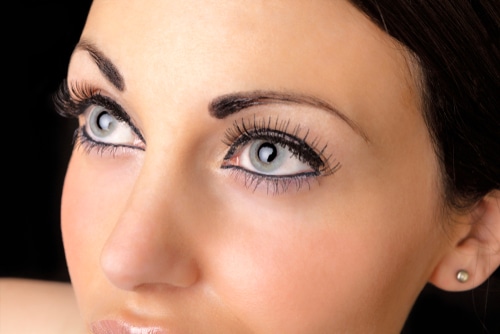January 15, 2019 | 3 minute read
Rhinoplasty is often one of the most rewarding cosmetic procedures a patient can undergo. Rhinoplasty, or nose surgery, sculpts and repairs noses that have suffered trauma, such as from an injury or car accident, or noses that have caused patients aesthetic anxiety since childhood. Many aspects of the nose can provide dissatisfaction and affect the way you present yourself in social situations. Rhinoplasty can help give you confidence in your physical appearance, and in turn, improve your quality of life.

Common Nasal Insecurities
Nasal Humps
Nasal humps can be present from birth or can be caused by an injury. A nasal hump is a bump on the bridge of the nose that interferes with a smooth nasal slope. Rhinoplasty shaves down the excess bone and cartilage that is responsible for the bump to reveal a sleeker, straighter nasal profile.
Wide Bridges
Often, rhinoplasty is desired to reduce the size of the nose and increase balance and harmony among the facial features. A wide bridge can make your nose appear large and flat, affecting the way your other features, such as your eyes and cheeks, interact with the nose. By slimming the appearance of the bridge, you allow for your other facial features to take center stage.
Drooping Tip
While some patients have an upturned nasal tip, others find that it hangs down below the edges of the nostrils. This causes the nose to appear longer and, therefore, larger. By rotating and lifting the nasal tip, your nose will look shorter, smaller, and more harmonious with your facial features.
Flared Nostrils
Flared nostrils occur in many patients and lead to an overly broad or bulbous appearance. Flared nostrils can be addressed by simply removing a small section of skin near to where the nostril meets the side of the cheek.
Trouble Breathing
Many individuals suffer breathing problems due to a deviated septum. This can be present from birth or can be the result of nasal trauma. A deviated septum occurs when one nasal passage is larger than the other. This deformity, while invisible to the naked eye, can lead to significant breathing difficulties such as sleep apnea, headaches, sinus infections, and frequent nosebleeds. A form of rhinoplasty, known as septoplasty, is performed to even out the nasal passages and allow for better breathing.
Revision Rhinoplasty
Unfortunately, rhinoplasty is one of the most complicated forms of plastic surgery. This is mainly because it is difficult to predict the way that any individual nose will heal. It is for this reason that revision rhinoplasty is so common. While you should never expect that you will have to undergo revision rhinoplasty, you should go into your initial surgery knowing that it is a possibility. Revision surgery can fix previous rhinoplasty problems, such as ones that occur during the healing process.
To learn more about the benefits of rhinoplasty, contact Dr. Wilson by calling (256) 551-2002 or fill out our online contact form to set up a consultation.

